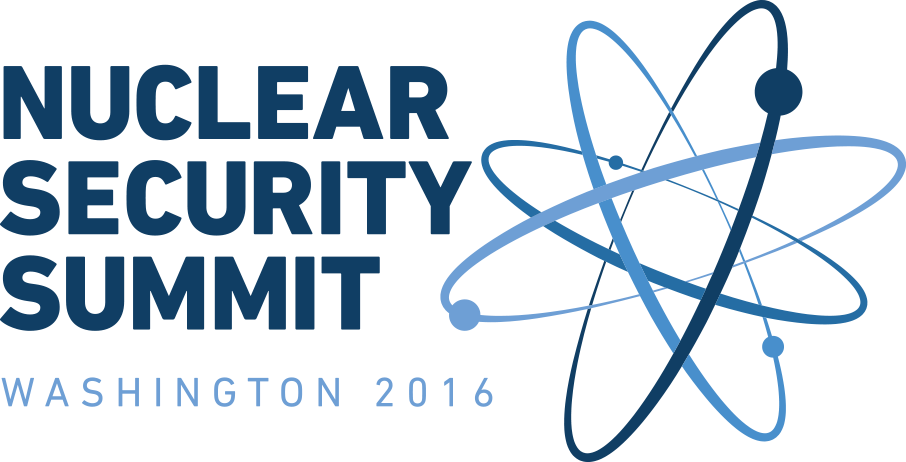Fact Sheet: United States Military Nuclear Material Security
/
THE WHITE HOUSE
Office of the Press Secretary
________________________________________________________________
For Immediate Release
FACT SHEET
United States Military Nuclear Material Security
Ensuring the security of all weapons-usable nuclear material utilized for military purposes is an overriding national priority for the United States. In that regard, the United States has a host of measures in place to ensure that military materials remain safe, secure, and under positive control. These measures collectively form a comprehensive, integrated, layered system of physical protection, personnel reliability, training and certification, performance assessment, weapon design features, and reporting.
· Material Minimization: The United States has a demonstrated record of reducing and eliminating nuclear weapons, disposing of weapon-usable fissile materials, and consolidating material across the nuclear security enterprise. In 1994, the United States declared 174 metric tons (MT) of highly enriched uranium (HEU) and 38 MT of weapon-grade plutonium excess to national security requirements. To date, the United States has down-blended 148 MT of this HEU to low-enriched uranium so it can no longer be used for nuclear weapons. Since 1994, the United States declared that an additional 200 MT of HEU and an additional nine MT of weapon-grade plutonium will be removed from use in nuclear weapons. The United States remains fully committed to meeting its obligation to dispose verifiably of 34 MT of excess weapon-grade plutonium.
· Physical Protection: U.S. security criteria and standards for protecting military materials and weapons in storage, use, and transport meet or exceed the recommendations for civilian nuclear materials contained in IAEA INFCIRC/225/Rev. 5.
· Material Accounting and Control: The United States emphasizes nuclear material accounting and control as an integral part of its safeguards and security programs for military materials. The United States uses well-defined processes and customized software to track and account for all military materials and weapons on an ongoing basis, ensure timely detection and investigation of anomalies, and deter insider theft/diversion.
· Personnel Reliability: The United States maintains human reliability programs for personnel responsible for handling and securing military material. All personnel assigned to military material-related duties undergo comprehensive screening and continued evaluation to ensure the highest possible standards of individual reliability in terms of integrity, trustworthiness, emotional stability, professional competence, and unquestioned loyalty and allegiance to the United States.
· Training and Certification: The United States conducts regular training and evaluation of personnel responsible for securing military materials. Directed qualification/certification programs are used to ensure personnel (including operators, trainers, and inspectors) have the necessary training and experience to perform assigned duties.
· Performance Assessment: The United States routinely evaluates the effectiveness of security arrangements for military materials through a combination of limited-scope performance tests, force-on-force exercises, engineering assessments, and other methods. The results from these activities are used to validate U.S. nuclear security measures and recommend improvements, if needed, in the U.S. nuclear security system. The United States also conducts an annual whole-of-government field exercise to develop and assess capabilities to respond to a U.S. nuclear weapon incident, with a focus on interagency coordination, physical security, emergency response, and consequence management.
· Weapon Design Features: U.S. “use control” design features preclude or delay unauthorized nuclear detonation through electronic and mechanical features. Examples include permissive action links, command disablement to render warheads inoperable, and active protection systems that disable critical warhead components when tampering is detected. The stockpile is assessed annually to ensure that safety and use control devices and components meet requirements and are performing effectively.
· Cyber Threat/Information Technology Security: Nuclear material control, tracking, and safety systems all rely on information technology and are therefore susceptible to cyber threats. The United States collaborates internally and with industry partners to develop innovative security solutions and to defend actively against attempts to exploit software or hardware vulnerabilities within our security systems, including direct attacks or those attempted with the assistance of a malicious insider. The number and complexity of cyber-attacks increase with each passing day, necessitating a posture of vigilance and continual improvement in efforts to deter, detect, deny, and defeat such efforts.
· Reporting and Assurance: The United States has reported and will continue to report on security of military material through UNSCR 1540 reporting processes. The United States has published studies and reviews of nuclear security incidents, including lessons learned and corrective actions taken. Further, the United States publishes regulations governing security of military material, and associated annual budgets. The United States also publicly outlines its long term security plans for the Nuclear Security Enterprise, including weapons and materials, through its annual reporting to the U.S. Congress on the Stockpile Stewardship and Management Plan.
· Security Culture: The United States has undertaken several new initiatives to reinvigorate and strengthen the security culture within the U.S. nuclear enterprise. These efforts include a renewed focus on senior-level leadership accountability and oversight; increased cooperation among the various U.S. Government stakeholders; and regular critical review, analysis, and revision of U.S. nuclear enterprise security plans, procedures, and guidelines.
###

